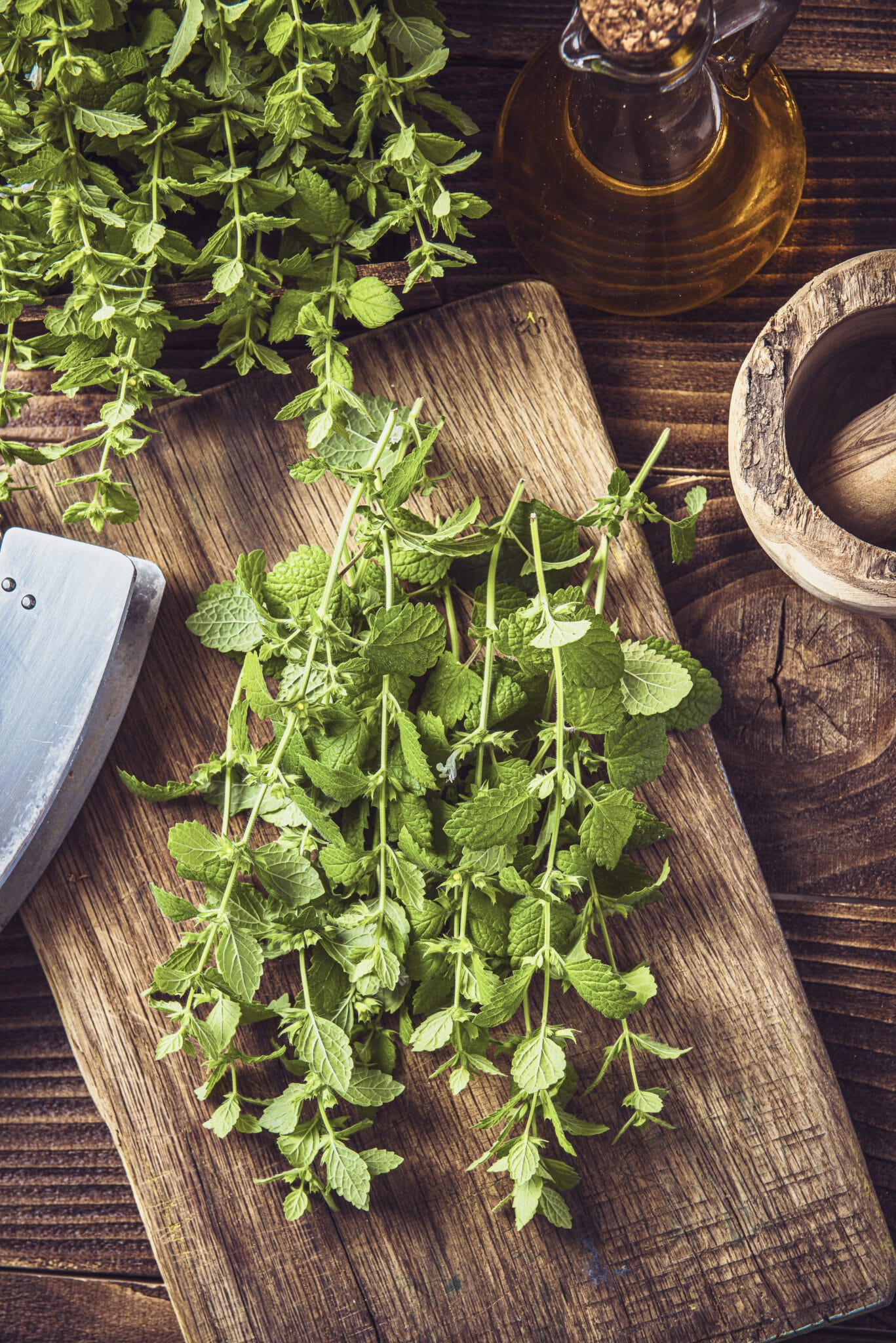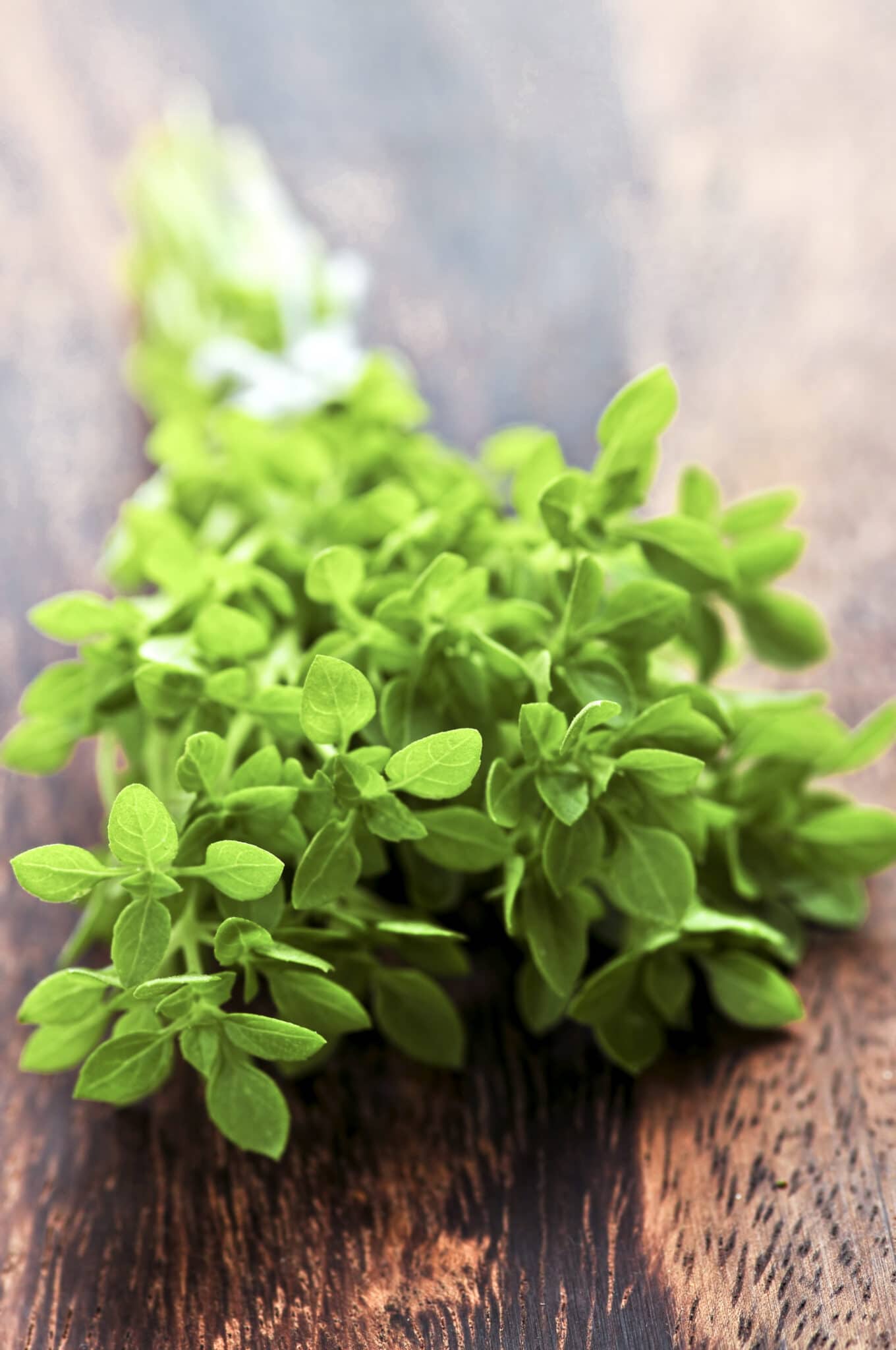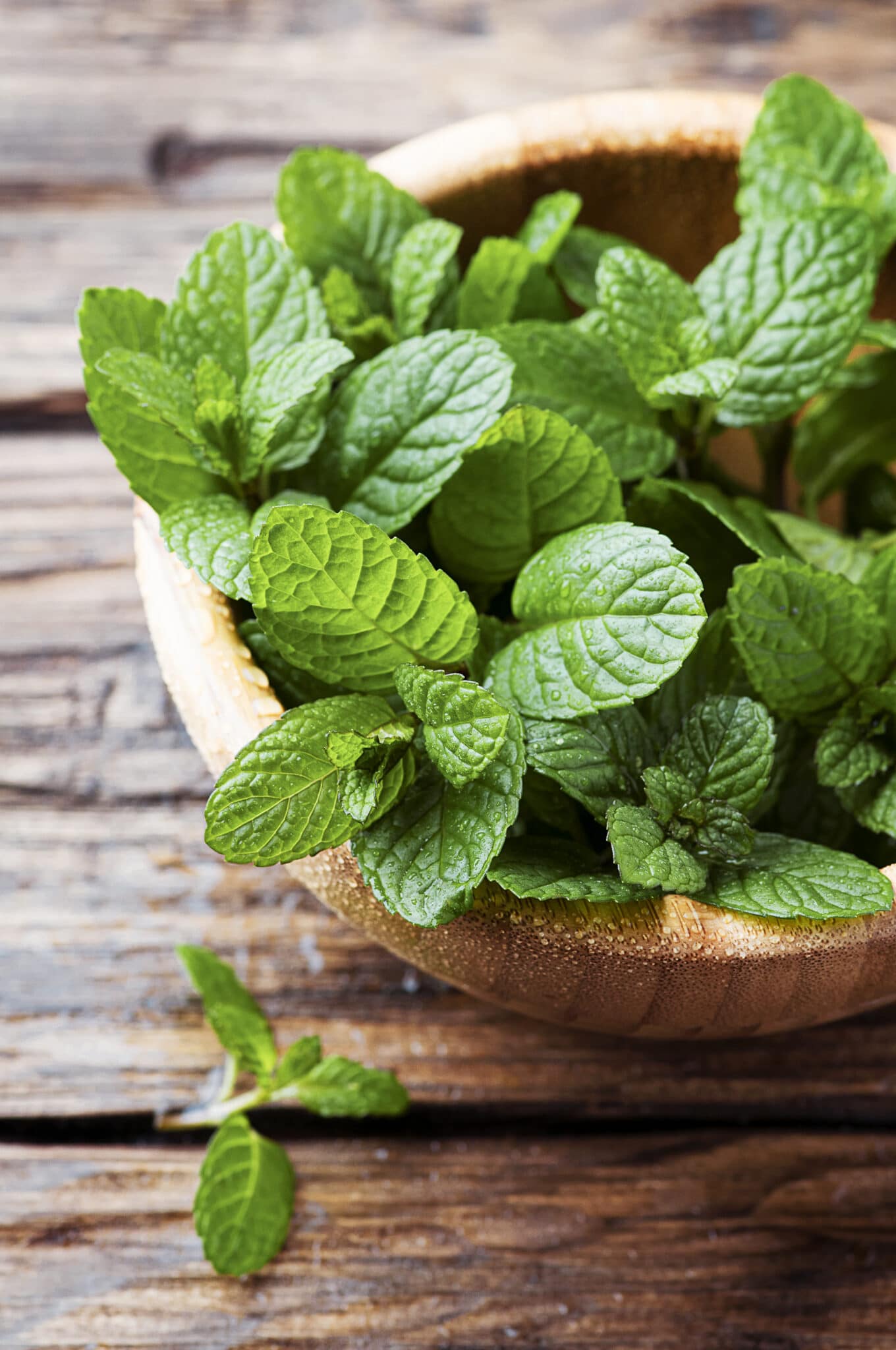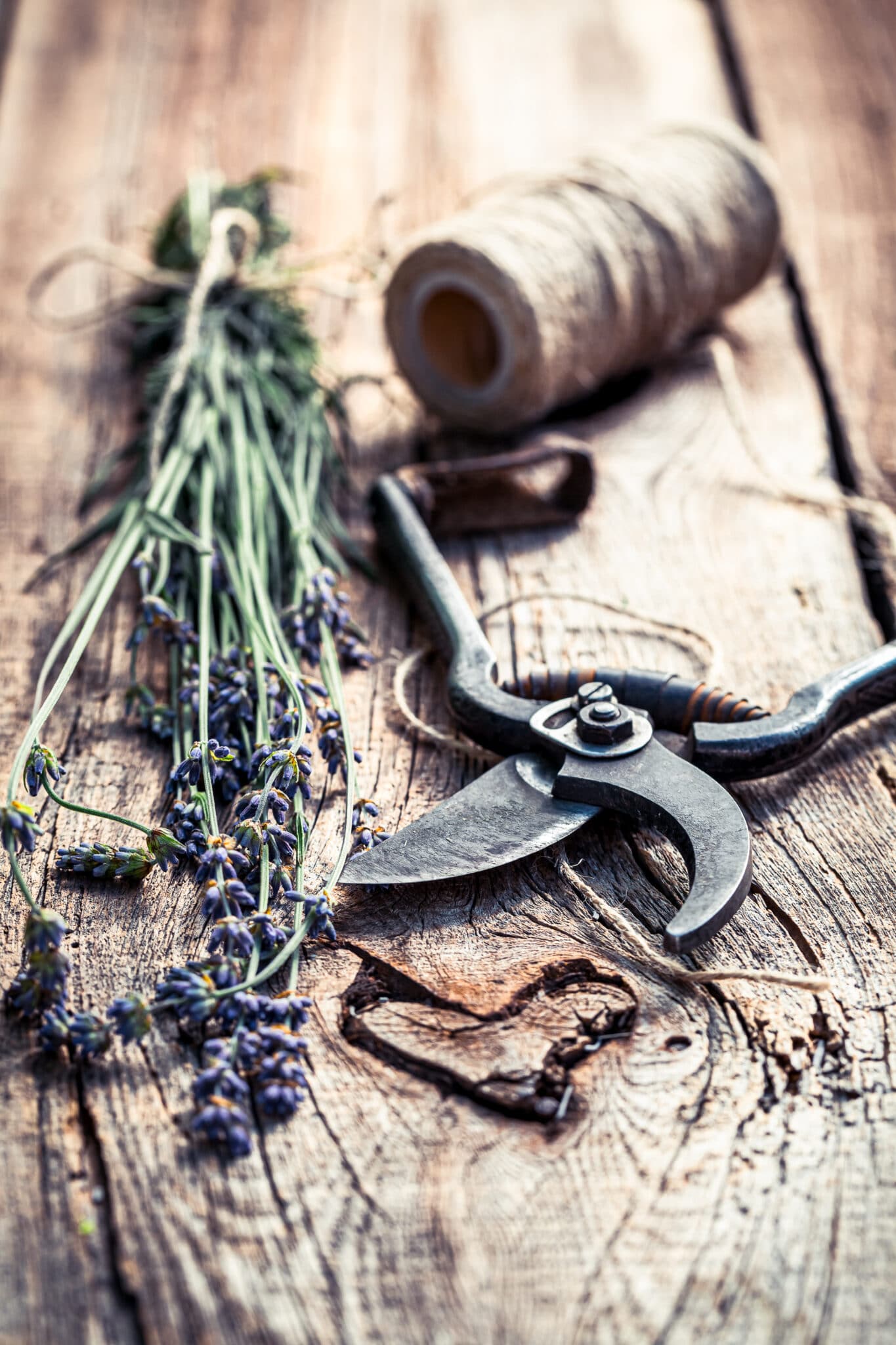Which Herbs are Perennials: 12 Herbs that Keep Coming Back
Discovering which herbs are perennials is a fun way for anyone who loves gardening to create a lasting aromatic green space. This article is designed for gardeners of all levels, providing valuable insights into perennial herbs. Understanding perennial herbs can help turn your garden into a lush, fragrant oasis, while saving you time and money spent planting seeds every year.

In this article, we’ll explore the world of perennial herbs, discussing their unique traits, how to care for them, and the advantages they offer to your garden, whether you plan on growing herbs indoors or outdoors. By distinguishing between perennial and annual herbs in simple terms, readers can make informed choices for their own gardens, ensuring long-term growth and abundant harvests. With practical advice and easy-to-understand information, this resource helps gardeners to cultivate thriving herb gardens that endure over time.
Perennial vs Annual
Perennial herbs live for multiple years, returning each growing season. On the other hand, annual herbs complete their life cycle within a single year. This means that perennial herbs do not need to be replanted annually like their annual counterparts.
Perennial herbs like mint and thyme are examples of plants classified as perennials due to their ability to regrow each spring. In contrast, basil and cilantro are considered annuals because they must be replanted every year.
Perennial herbs will help you create a lush herb garden without having to purchase and replant every year.
Sage
Sage is a perennial herb that can survive in zones five to nine. It prefers dry, well-drained soil and requires very little water. The plant grows two feet tall and has dark green leaves with small white flowers on red stems.
There are over 900 types of sage, each with different requirements and hardiness zones. In this case we are talking about garden sage, the most commonly grown variety.
You should harvest the sage by cutting off the stem just above where it meets the plant’s root ball.
Perennial in Zones 5-9

Lemon Balm
Lemon balm is a perennial herb that can survive in zones four to nine and prefers moist soil with full sun exposure. It grows up to two feet tall and has slender stems with small leaves on top of the stem that make it look like grass or wheat blowing in the wind.
Lemon balm has a mild lemony smell and taste, making it more versatile than many other herbs with an assertive or strong scent or flavor.
To harvest lemon balm, cut off the stem above to meet the plant’s root ball.
Perennial in Zones 4-9

Rosemary
Rosemary plants are perennial in zones five to nine and have a piney, resinous aroma. It prefers total sun exposure in soil well-drained but not too dry. Rosemary can grow up to two feet tall with spiky leaves on top of the plant as it grows taller from the ground.
To harvest rosemary, be sure to cut the stems and not pull them up. Also, their leaves should be dry to touch before being used in a recipe.
Perennial in Zones 5-9

Oregano
Oregano is a beautiful perennial herb that can be grown in zones five to nine—the herb tastes of pine, anise, and pepper with a hint of clove.
The plant will grow up to three feet tall, but the leaves are pretty small, so you should harvest them frequently during the summer months.
Oregano should be watered only when dry through the roots but not over-watered so that its leaves turn yellowish-brown.
There are several different types of oregano, each with their own culinary uses and growing habits. For this article we stuck with common oregano.
Perennial in Zones 4-8

Mint
Mint can be invasive and will tend to take over your garden if not managed carefully. So before you consider planting mint as a perennial herb, be sure to contain it in its garden bed or pots sunk into the ground.
Grow mint in fertile, well-watered soil in full sun.
Mint can be used dried or fresh; for maximum flavor, you should harvest it regularly during the summer months when it’s at its peak of growth.
Like many of our herbs on this list, there are many different types of mint, some with very unique flavors like chocolate, lemon, or spearmint. Experiment and find your own favorite type!
Perennial in zones 2-9

Parsley
Parsley is the perfect perennial garden companion. It is not technically a perennial, it’s a biennial, but it will set seed and continue to grow year after year. You may need to replant parsley as an annual in spring in future years, but if allowed to set seed in the garden, it should continue producing.
Grow parsley in damp soil and full sun. Parsley is best harvested young, while the leaves are tender; you can use both fresh and dried for maximum flavor.
The best time to harvest most types of parsley is when it’s whole-rooted, which means leaving at least a couple of inches attached to the root ball and harvesting before it bolts or goes to seed. If using in salads, you should remove only leaves from the bottom of the stem.
Biennial in Zones 0-11

Thyme
Thyme plants are also a great addition to your garden. This herb prefers well-draining soil and can tolerate some drought, making it an ideal choice for hot climates.
It tastes like a mix of mint and lemon, making it a great all-purpose herb. It’s best fresh or dried but can also be preserved by freezing the leaves in olive oil (which is what I do).
Thyme leaves should be harvested before they bloom or flower by simply cutting them off at the base with a sharp knife.
Perennial in Zones 0-11

Bay
The bay leaf plant is perennial in zones 0-11 and can tolerate drought, salty soil, and even alkaline soil (pH > 7.3) up to a certain point.
Bay plants are grown from two types: sweet bay and spicy bay; both have culinary uses, but some people use them interchangeably without any distinction.
To harvest bay leaves, cut them off the plant as they grow.
While you can keep bay in a pot for many years, it is best to set out plants with suitable root structures every couple of years and give them room to spread their branches.
Perennial in Zones 0-11

Chives
Chives grow exceptionally well in most zones and prefer to be planted in full sun.
You can grow chives from seeds or root divisions, but the easiest way is by setting out plants with good bulbs every couple of years.
To harvest chives, cut them off above ground before they flower and when it rains.
Chive plants will die back in harsh winters, but they will emerge back in the spring.
Perennial in Zones 2-11

Lavender
I adore lavender, and although it’s an unusual culinary herb, it is delicious in drinks, cookies, and baked goods. In addition, lavender is one of the most fragrant spices available, and I highly recommend trying it in your garden.
I love lavender so much that I created a whole lavender category, with articles on how to grow lavender, how to dry lavender, and even what to do with dried lavender! If you’re in love with lavender like I am, check them out!
Lavender prefers to be planted in full sun but can grow in light shade with minimal water.
Lavender plants are best grown from transplants, cuttings, or root divisions and should be harvested when flowers are just beginning to bloom for the most aromatic oils.
Perennial in Zones 2-11

Lovage
Lovage is a hardy perennial herb native to Eastern Europe and other parts of Western Asia.
It has a celery-like taste with anise, peppermint, and parsley hints.
It likes moist soil in full sun or partial shade.
The leaves are harvested by cutting them off when they are about 18 inches long.
You can add lovage leaves to soups, stews, and other dishes as a flavor enhancer.
Perennial in Zones 4-11

Roman chamomile
Roman chamomile is a delicate and aromatic perennial herb renowned for its calming properties and therapeutic uses. With its finely divided foliage and petite, daisy-like flowers, Roman chamomile adds a touch of elegance to gardens and landscapes.
Grow chamomile for tea or as a garnish for dishes like a chicken pot pie with mushrooms.
Chamomile grows well in many different soils and likes full sun to partial shade.
To harvest chamomile, cut the stems about 18 inches long.
Perennial in Zones 4-9

Expert Tips
- Choose the Right Location: Perennial herbs thrive in well-drained soil and ample sunlight. When planting, select a location that receives at least 6-8 hours of sunlight daily. Ensure that the soil is rich in organic matter and has good drainage to prevent waterlogging, which can cause root rot in perennial herbs.
- Regular Pruning and Maintenance: Pruning is essential for perennial herbs to promote healthy growth and prevent overcrowding. Trim back overgrown branches and dead leaves, and spend flowers regularly to encourage new growth and maintain the plant’s shape.
- Mulching for Protection: Mulching helps retain moisture in the soil, suppresses weed growth, and insulates the roots of perennial herbs during extreme temperatures.
- Divide and Conquer: Some perennial herbs may become overcrowded over time, leading to reduced growth and productivity. Dividing herbaceous perennials every few years helps rejuvenate the plants, improve air circulation, and prevent diseases.
- Winter Protection: While many perennial herbs are hardy, some varieties may require extra protection during harsh winter conditions. Before the first frost, apply a layer of mulch or straw around the base of the plants to insulate the roots and prevent frost heaving.
- Tailor Care to Specific Needs: Every plant in your garden has its own specific care requirements, and herbs are no exception. Always read the seed package or greenhouse card for care tips specific to the variety that you purchased.
FAQ
Perennial herbs like rosemary and thyme offer year-round availability, saving you time and money compared to replanting annuals each season. They also provide a steady supply of fresh flavors for your culinary creations.
Absolutely! Mixing annuals like parsley with perennials such as sage adds variety to your herb garden. Annuals give quick results while perennials offer long-term growth, creating a harmonious blend of flavors and fragrances.
For novice herb growers looking for low-maintenance options, mint is an excellent choice. Known for its resilience and rapid growth rate, mint thrives in various conditions but should be contained due to its invasive nature.
To protect your perennial herbs from harsh winter conditions, consider mulching around the base of the plants to insulate them from freezing temperatures. Prune back any dead or damaged growth before winter sets in to promote healthy regrowth come spring.
Grab Our Ultimate PRINTABLE Garden Planner
With 39 pages of planning and organizing and the ability to customize your planner with the pages you need, you won’t need another planner for the rest of your gardening life!
$4.99 US

Final Thoughts
Hopefully, this article has given you a few ideas for incorporating perennial herbs into your garden. If any other herbs pique your interest, please let us know in the comments! And don’t forget to check out our other gardening posts on plants and flowers so you can get some more inspiration when it comes time to plan next year’s herb garden. Happy planting!
Related Posts:

Author: Laura Kennedy
Writer & Owner of Little Yellow Wheelbarrow
Editor’s note: This article was originally published on January 2, 2022. It was updated on February 12, 2024 to improve reader experience and add expert tips and FAQs.










